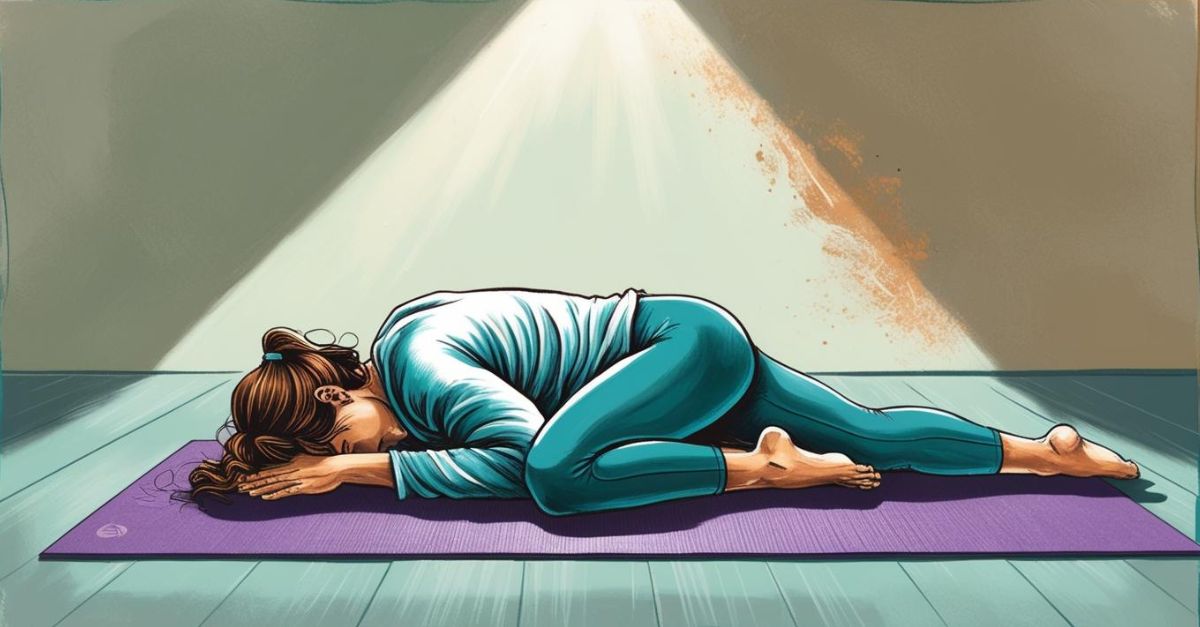There’s a common, quiet fear that creeps in when a once-beloved practice starts to feel lifeless. What used to offer insight, clarity or relief begins to feel mechanical. Meditation becomes another task to tick off. The cards don’t speak as loudly. The yoga mat gathers dust in the corner. And with it, a subtle panic can arise – what’s wrong with me? Why isn’t this working anymore?
But here’s the truth – your practice is meant to change, because you are meant to change. In fact, when your practices evolve, shift or even fall away for a time, that’s often a sign of deep integration, not regression. It’s a sign that you’re not static. Your needs, energy, insights and rhythms are alive. Pausing doesn’t mean you’ve failed. It might mean you’re finally listening.
Rest is not an interruption. In many spiritual traditions, rest is woven into the fabric of progress. In Yogic philosophy, the concept of pratyahara – withdrawal of the senses – is a necessary step before deeper concentration and insight. In nature, nothing blooms all year. And yet modern culture teaches us to fear the pause, the dip, the quiet. To pause is seen as losing momentum. To change is seen as inconsistency.
But the path of self-development isn’t linear. Pausing is a powerful form of awareness. It gives you time to observe, integrate and allow what’s been stirred to settle. When you rush from practice to practice without stopping, it’s like stirring a muddy pool continuously – you never give the water time to clear. Sometimes, a practice changes because you’ve outgrown it. Other times, because your nervous system needs rest. Occasionally, the practice has done what it needs to do and your system is asking for something new. The pause doesn’t have to be analyzed to death. It just needs to be honored.
Your relationship with your practice is much like any living relationship – it requires presence and adaptability. Practices that support you through one phase of life may not serve in the same way through another. You might have needed stillness in your twenties, structure in your thirties and movement in your forties. Or vice versa.
When a practice feels like it’s no longer working, it’s worth asking – working in what way? Are you expecting a particular result? A certain feeling? A moment of clarity or peace that isn’t arising? Are you pressuring yourself to keep doing something that no longer feels alive just because it once did?
The key is to shift the question from what’s wrong with me to what’s real for me now. A genuine practice doesn’t demand sameness. It invites truth. It might be time to shift or pause a practice when you feel dread or resistance every time you engage, when you notice yourself going through the motions without presence, when you’re using the practice to avoid something else – feelings, conversations or decisions. You may feel disconnected from yourself during or after the practice, or perhaps your life circumstances and body rhythms have shifted, but the practice hasn’t adjusted accordingly.
Pausing can be temporary or permanent. Sometimes, people return to a practice with renewed insight. Sometimes, they never go back – and something better aligned finds them instead. The space between practices can feel unsettling, especially if you’re someone who relies on routine. During these periods, try to stay connected to intention, not obligation. You might sit with a cup of tea in silence instead of meditating. You might walk outdoors instead of practicing yoga. You might pull one card a week instead of a daily spread. You could read or listen to something that uplifts without demanding output or write one word each morning instead of a full journal entry.
Give yourself permission to be in rhythm with your needs, not your expectations. The goal isn’t consistency at all costs – it’s authenticity. You’re not the same person who first picked up that deck, sat on that cushion or rolled out that mat. You’ve learned. You’ve grown. You’ve let go. And so, your practice must, too.
Let it breathe with you. Let it rest when you rest. Let it come alive in new forms. And when it no longer matches who you are, don’t cling out of fear. Trust that your evolution will lead you to the next right form of connection. Because the real practice – the one underneath all the tools – is staying close to yourself. That’s never paused. That’s never lost. It only asks that you listen.



